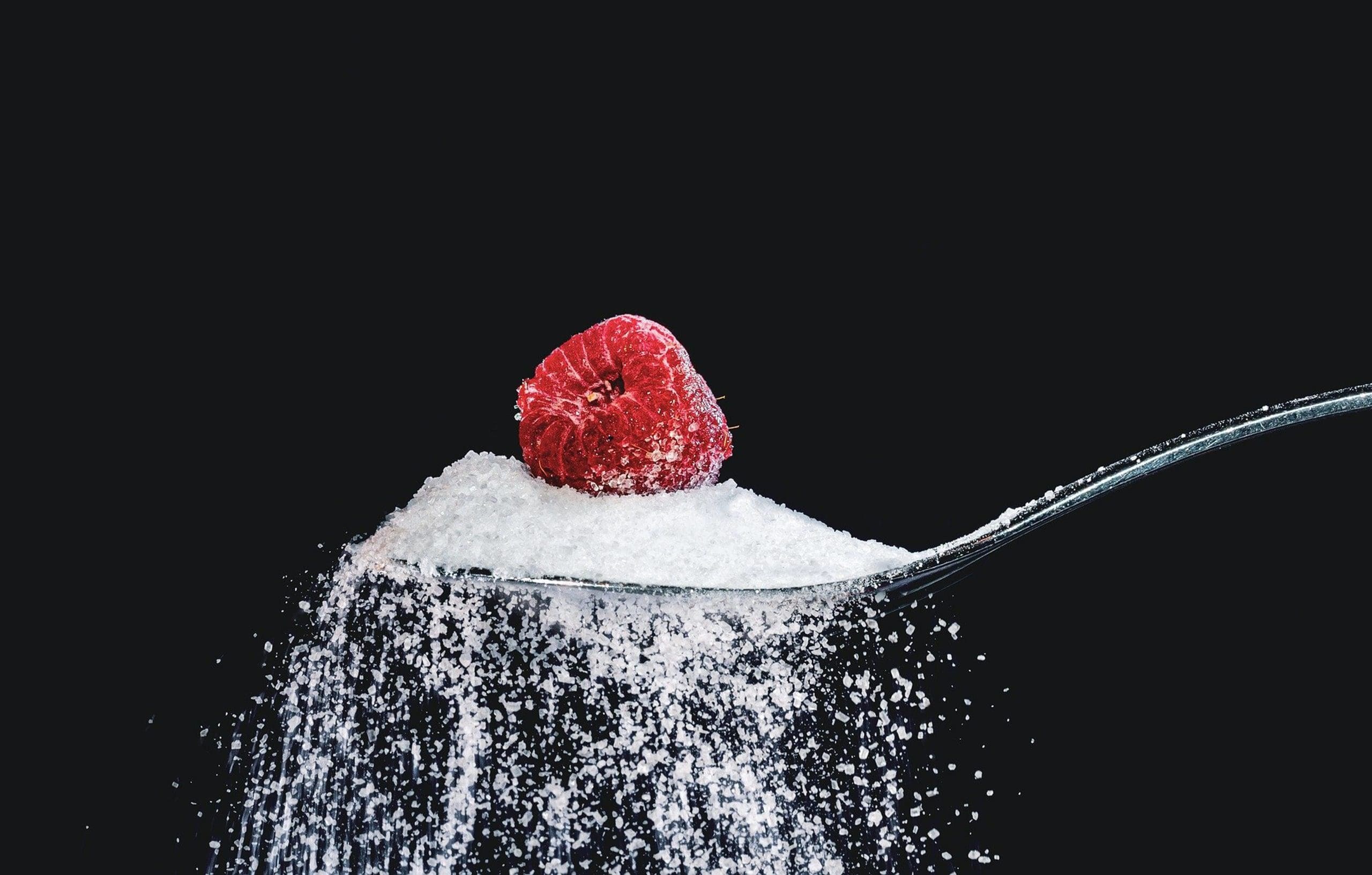John Burns, age 66, is transferred to your stepdown unit after 2 days in the cardiac care unit for a myocardial infarction (MI). Shortly after he’s settled, he uses his call bell to complain of feeling jittery, having a headache, and starting to break out in a cold sweat.
Upon entering his room, you note that he’s pale. He tells you he doesn’t have chest pain. The telemetry monitor shows a normal sinus rhythm, a pulse rate of 72 beats/minute, a blood pressure of 118/76 mm Hg, and a respiratory rate of 26 breaths/minute.
History and assessment hints
During patient handoff, you learned that Mr. Burns also has a history of type 2 diabetes and hypertension. His medications include aspirin, glyburide, and propranolol. His blood glucose level was high on admission at 160 mg/dl but has been stable for the past 24 hours, ranging between 82 and 110 mg/dl.
Mr. Burns says he missed his lunch “somewhere between switching rooms.” Given that statement and his signs and symptoms, you strongly suspect hypoglycemia and do a fingerstick.
Call for help
His fingerstick result is 46 mg/dl. Because it’s below 60, you call for a stat venous blood glucose level. You continue to monitor his vital signs and remain with him pending the blood work results. You ask an aide to quickly get some orange juice and put some sugar in it. By the time the aide returns, Mr. Burns is becoming slightly confused, and you’re concerned about aspiration. With the situation quickly deteriorating, you activate the rapid response team (RRT).
On the scene
In minutes, the RRT arrives. Members include an intensive care unit (ICU) nurse, a physician assistant, and a respiratory therapist. The stat venous blood glucose level comes back at 38 mg/dl, indicating severe hypoglycemia.
Mr. Burns already has a large-bore peripheral I.V. line in place. The physician assistant gives one vial of dextrose 50% in water I.V. over 15 minutes; the respiratory therapist titrates nasal oxygen to 94%; and the ICU nurse monitors the patient and performs fingerstick blood glucose checks every 15 minutes. Within 30 minutes, Mr. Burns’s blood glucose level is 72 mg/dl, and he’s alert enough for a protein snack.
Outcome
The RRT members update Mr. Burn’s physician, while you document the incident in the patient’s medical record. The RRT will also document their actions in the patient’s record.
Stable now, Mr. Burns will have more frequent blood glucose checks and be closely monitored for the next 24 hours. He explains that he thought he was jittery after the transfer because he’d felt safer in the cardiac care unit. But given your careful assessment and the quick response of all involved, he says he can rest easy.
Education and follow-up
Hypoglycemia occurs when glucose is metabolized too rapidly or when excessive insulin enters the bloodstream. Although severe hypoglycemia isn’t common in type 2 diabetes, Mr. Burns had three strikes against him. An MI is an inflammatory process, making him more susceptible to hypoglycemia. Plus, he’s taking aspirin, a salicylate that can lower his blood glucose level, and propranolol, a beta blocker that can mask the symptoms of low glucose levels, such as tachycardia.
Typically you can treat mild to moderate hypoglycemia (40 to 60 mg/dl) with 4 oz of orange or apple juice, 8 oz of skim milk, or three packets of sugar in water. Continue observing the patient and recheck the blood glucose level in 15 minutes. If it remains below 60 mg/dl, notify the physician.
You can avoid severe hypoglycemia by recognizing the warning signs and symptoms early and treating it rapidly. Untreated, severe hypoglycemia leads to unconsciousness, irreversible brain damage, and death.
For a list of selected references, see March 2007 references.
Eileen Gallen Bademan, BSN, RN, is the Editorial Manager of American Nurse Today.


















